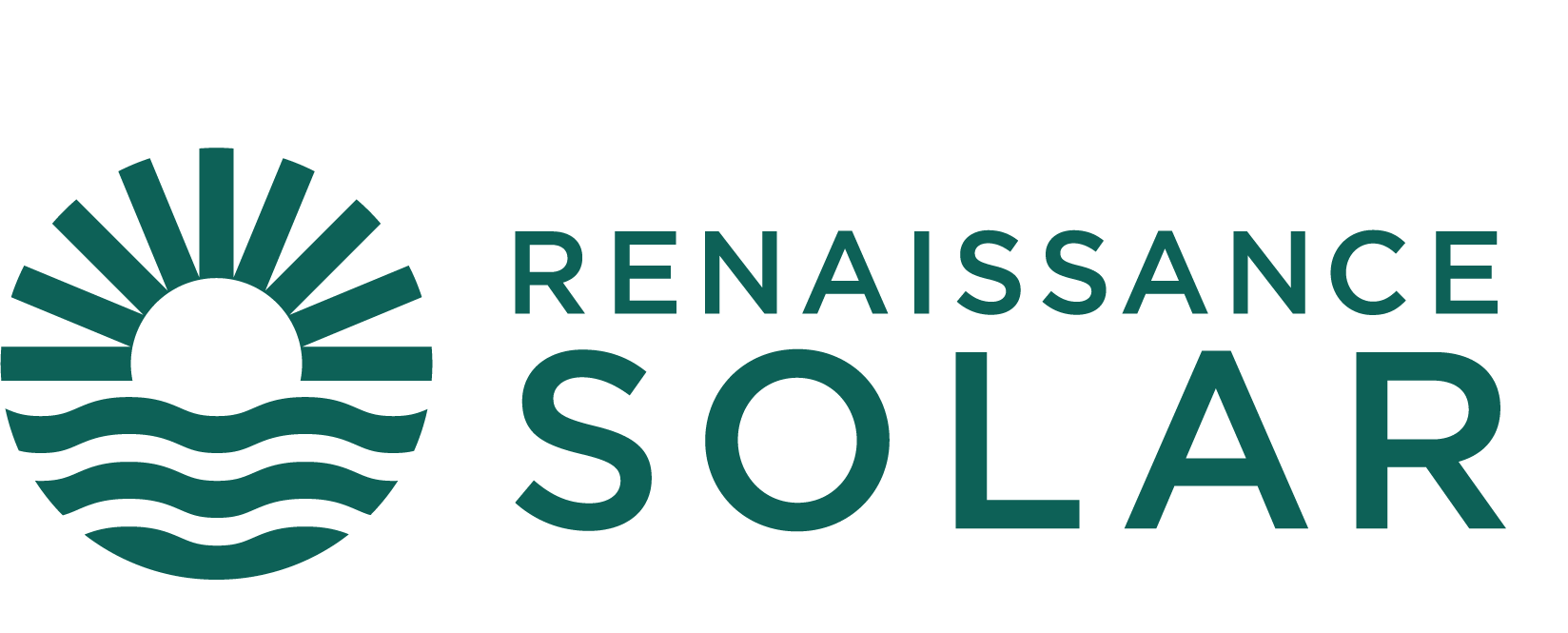Photovoltaic (PV) systems are a great way to generate clean and renewable energy for your home or business. However, designing a PV system that maximises output and savings requires careful planning and consideration of a range of factors. In this blog post, we’ll take a closer look at how to design a PV system to maximise output and savings.
Determine Your Energy Needs
The first step in designing your PV system is to determine your energy needs. This involves calculating your average daily energy consumption, taking into account factors such as the size of your home or business, the number of occupants, and your energy usage habits.
Choose the Right Size System
Once you have determined your energy needs, you can choose the right size system to meet those needs. The size of your system will depend on factors such as the available roof space, the orientation and tilt of your roof, and your budget. A larger system will generate more electricity, but it will also be more expensive to install.
Consider the Orientation and Tilt of Your Roof
The orientation and tilt of your roof are important factors to consider when designing your PV system. Ideally, your roof should face south or north and have a tilt angle that is equal to the latitude of your location. However, if your roof faces east or west, you can still generate significant amounts of electricity by installing a larger system.
Choose the Right Type of Solar Panels
There are two main types of solar panels to choose from: polycrystalline and monocrystalline. Monocrystalline panels are more efficient and have a longer lifespan, but they also come at a higher price. Polycrystalline panels are less expensive but are also less efficient.
Choose the Right Inverter
An inverter is an essential component of your PV system, as it converts the DC electricity generated by your solar panels into AC electricity that can be used to provide power to your home or business. There are two main types of inverters to choose from: string inverters and microinverters. String inverters are less expensive but can be less efficient if there is shading or other issues with the panels. Microinverters are more expensive but allow for each panel to operate independently, which can result in higher energy production.
Monitor Your System’s Performance
Once your PV system is installed, it’s important to monitor its performance regularly. This can help you identify any issues or inefficiencies that may be impacting your energy output and savings. You can monitor your system’s performance using a range of tools, such as online monitoring platforms or mobile apps.
In conclusion, designing a PV system to maximise output and savings requires careful consideration of a range of factors. By determining your energy needs, choosing the right size system, considering the orientation and tilt of your roof, choosing the right type of solar panels and inverter, and monitoring your system’s performance, you can ensure that your PV system is generating as much electricity as possible and saving you money on your energy bills.
For more information about affordable PV Solar Solutions in South Africa, get in touch with Renaissance Solar today.
